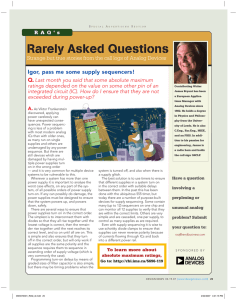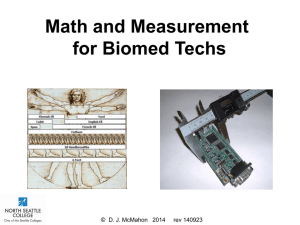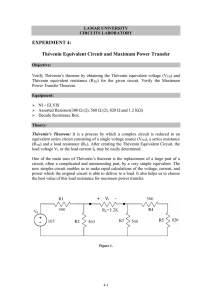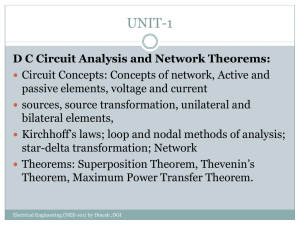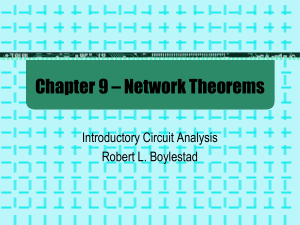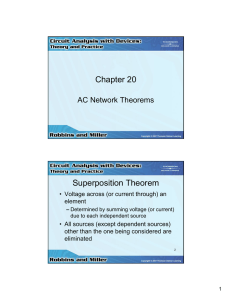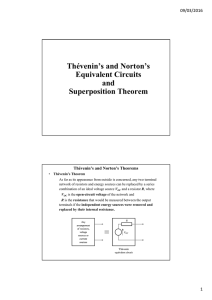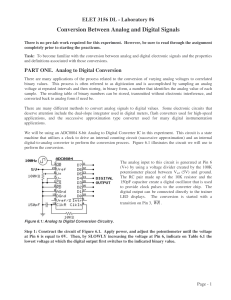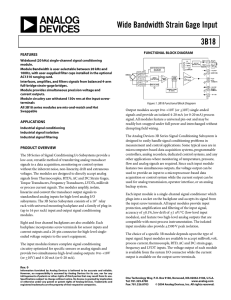Rarely Asked Questions What’s in Your Toolbox? R A Q s
advertisement
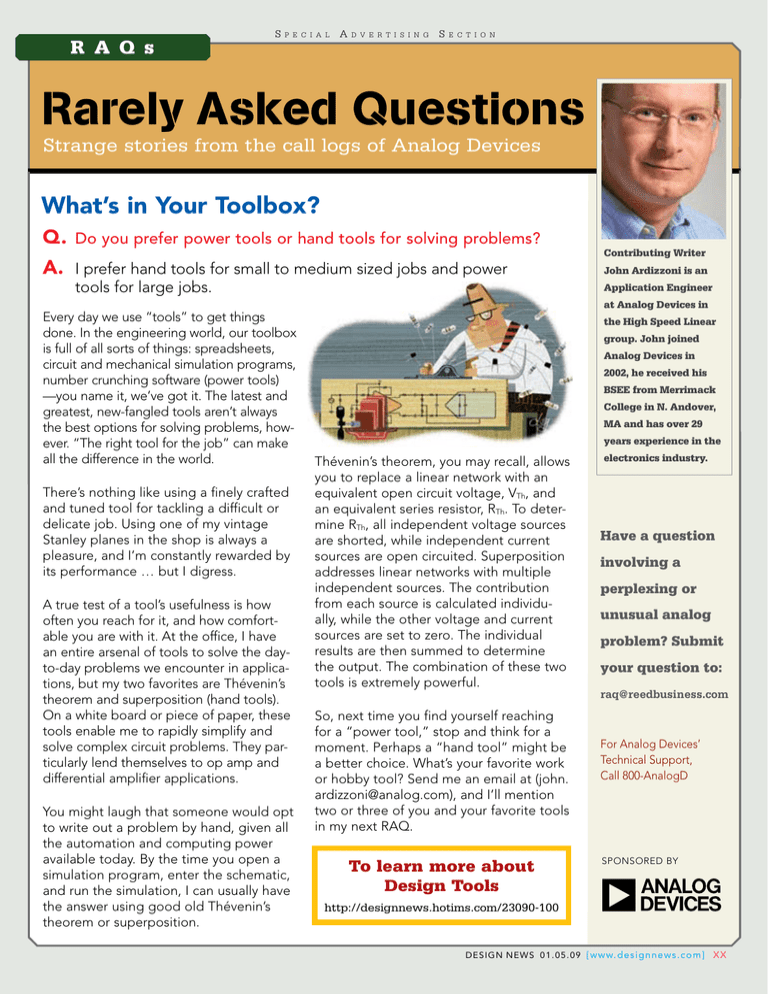
R A Q s S p e c i a l A d v e r t i s i n g S e c t i o n Rarely Asked Questions Strange stories from the call logs of Analog Devices What’s in Your Toolbox? Q. Do you prefer power tools or hand tools for solving problems? A.I prefer hand tools for small to medium sized jobs and power tools for large jobs. Every day we use “tools” to get things done. In the engineering world, our toolbox is full of all sorts of things: spreadsheets, circuit and mechanical simulation programs, number crunching software (power tools) —you name it, we’ve got it. The latest and greatest, new-fangled tools aren’t always the best options for solving problems, however. “The right tool for the job” can make all the difference in the world. There’s nothing like using a finely crafted and tuned tool for tackling a difficult or delicate job. Using one of my vintage Stanley planes in the shop is always a pleasure, and I’m constantly rewarded by its performance … but I digress. A true test of a tool’s usefulness is how often you reach for it, and how comfortable you are with it. At the office, I have an entire arsenal of tools to solve the dayto-day problems we encounter in applications, but my two favorites are Thévenin’s theorem and superposition (hand tools). On a white board or piece of paper, these tools enable me to rapidly simplify and solve complex circuit problems. They particularly lend themselves to op amp and differential amplifier applications. You might laugh that someone would opt to write out a problem by hand, given all the automation and computing power available today. By the time you open a simulation program, enter the schematic, and run the simulation, I can usually have the answer using good old Thévenin’s theorem or superposition. Contributing Writer John Ardizzoni is an Application Engineer at Analog Devices in the High Speed Linear group. John joined Analog Devices in 2002, he received his BSEE from Merrimack College in N. Andover, MA and has over 29 years experience in the Thévenin’s theorem, you may recall, allows you to replace a linear network with an equivalent open circuit voltage, VTh, and an equivalent series resistor, RTh. To determine RTh, all independent voltage sources are shorted, while independent current sources are open circuited. Superposition addresses linear networks with multiple independent sources. The contribution from each source is calculated individually, while the other voltage and current sources are set to zero. The individual results are then summed to determine the output. The combination of these two tools is extremely powerful. So, next time you find yourself reaching for a “power tool,” stop and think for a moment. Perhaps a “hand tool” might be a better choice. What’s your favorite work or hobby tool? Send me an email at (john. ardizzoni@analog.com), and I’ll mention two or three of you and your favorite tools in my next RAQ. To learn more about Design Tools electronics industry. Have a question involving a perplexing or unusual analog problem? Submit your question to: raq@reedbusiness.com For Analog Devices’ Technical Support, Call 800-AnalogD SPONSORED BY http://designnews.hotims.com/23090-100 DESIGN NEWS 0 1 . 0 5 . 0 9 [ w w w. d e s i g n n e w s . c o m ] XX
